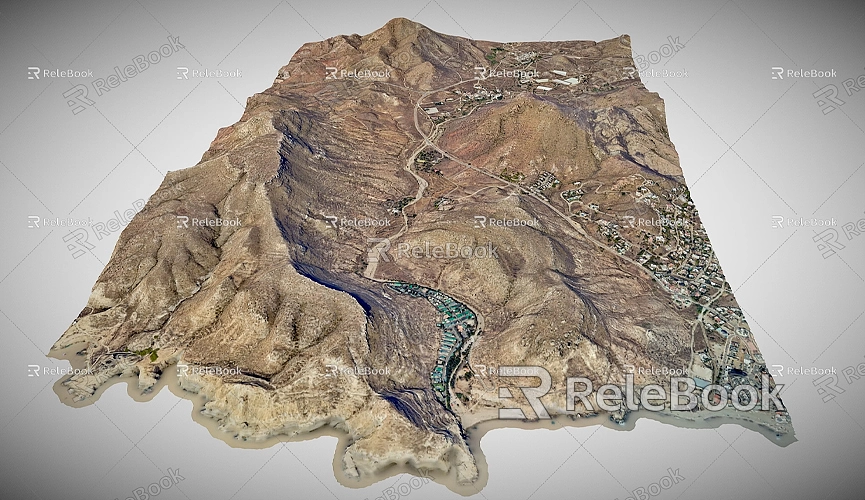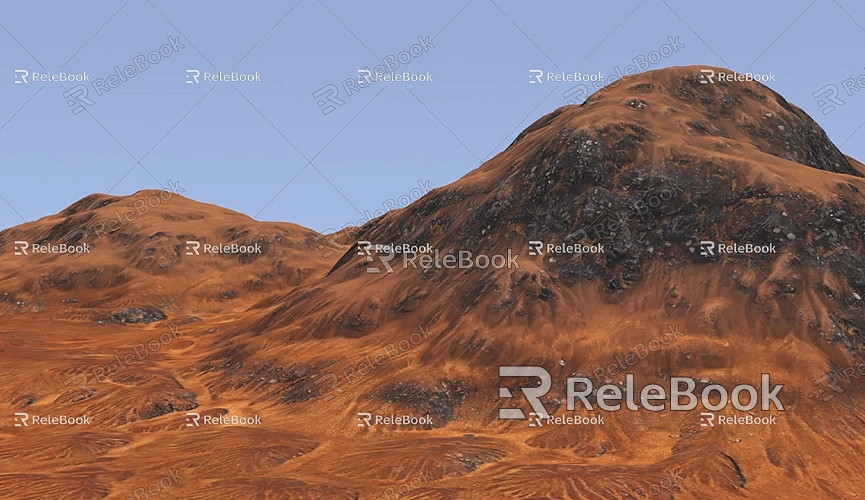How to Import Google SketchUp Models into 3ds Max
For architects, designers, and 3D artists, being able to seamlessly transfer models between different 3D modeling software can significantly enhance workflow efficiency and creative flexibility. Both SketchUp and 3ds Max play essential roles in the design and modeling process. SketchUp is widely favored for its ease of use and rapid modeling capabilities, making it particularly ideal for early-stage design work in fields like architecture and interior design. On the other hand, 3ds Max is renowned for its powerful rendering, modeling, and animation tools, often used for final high-quality rendering, animation, and optimization of complex scenes.
For those who have completed preliminary designs in SketchUp and wish to import their models into 3ds Max for further refinement, rendering, or animation, understanding how to smoothly import SketchUp models into 3ds Max is crucial. This article will guide you through the process of importing Google SketchUp models into 3ds Max and provide tips and recommendations to ensure that the imported models retain their details and can fully leverage 3ds Max's advanced features.

Why Import Google SketchUp Models into 3ds Max?
Although SketchUp and 3ds Max differ greatly in their modeling approaches and features, their complementary strengths make combining them a powerful way to improve design efficiency and precision. Specifically, importing Google SketchUp models into 3ds Max offers several key advantages:
- Improved Rendering Quality: While SketchUp is excellent for quickly building models, its rendering capabilities are relatively basic and may not meet high-quality rendering demands. 3ds Max offers powerful rendering engines such as V-Ray, Arnold, and others, which allow for higher-quality lighting, shading, material, and texture rendering.
- Refined Modeling and Detail Addition: Complex detailing in SketchUp can be challenging. 3ds Max, however, provides more advanced modeling tools that allow for further refinement and optimization of models, adding complex elements like curved surfaces, intricate materials, and more complex geometries.
- Animation Capabilities: 3ds Max is known for its robust animation and dynamic effects features, which are suitable for creating animations of buildings, walkthroughs for interior designs, and city planning models—features that are more limited in SketchUp.
- Enhanced Material and Texture Management: Materials and textures in SketchUp tend to be fairly simple and not always detailed. By importing to 3ds Max, you can take advantage of its advanced material editor to adjust material properties, improve texture quality, and create more realistic effects.
By importing SketchUp models into 3ds Max, you can streamline your design process and significantly enhance both the visual appearance and functionality of your models.

Preparing for Export in SketchUp
Before importing a Google SketchUp model into 3ds Max, it’s essential to prepare the model in SketchUp. Proper preparation helps ensure a smooth import process, preserving the integrity and detail of your model as much as possible.
Clean Up and Optimize the Model
Especially after multiple iterations and adjustments, SketchUp models can accumulate unnecessary elements or redundant geometry. Hidden objects, unused faces, or faulty geometry can complicate the export file and lead to issues during the import into 3ds Max. Here's how to clean up the model:
- Delete Unnecessary Geometry: Check for and remove any parts, components, or groups that are no longer needed.
- Remove Redundant Faces: Look for duplicate faces or hidden geometry, especially in architectural designs where repeating faces or excess components can affect performance.
- Simplify the Model: If the model is highly complex, simplify geometry by reducing unnecessary details to improve stability and compatibility during export.
Ensure Consistent Scale
The scale of the model in SketchUp should match the intended scale in 3ds Max. If your SketchUp model is too large or small, you may need to adjust the size manually. To ensure consistent scaling, use SketchUp’s measuring tools to verify the dimensions of your model and ensure that the exported data matches 3ds Max’s scale settings.
Material and Texture Management
SketchUp uses relatively simple materials and textures, so it’s important to optimize or clean up these materials before exporting. Make sure that all materials are correctly applied and that there are no unlinked texture files. When exporting, it's best to merge all materials and textures to avoid issues with missing or incorrect materials when imported into 3ds Max.
Exporting SketchUp Models
SketchUp supports exporting models in various formats, with the most common formats supported by 3ds Max being .3DS and .DAE (Collada). Choosing the right export format is crucial to ensure model integrity and make subsequent work easier.
Export as .3DS File
The 3DS file format is one of the most commonly used formats for exporting SketchUp models to 3ds Max. While it retains geometry well, it may have limited support for complex materials and textures. Therefore, be cautious with material and texture settings when exporting as .3DS.
1. Open your SketchUp model and click on the File menu.
2. Select Export > 3D Model.
3. In the export dialog, choose the 3DS File (.3ds) format.
4. Select an appropriate save path and click Export.
During the export process, you can select options like whether to include materials or maintain original sizing. If your model uses many textures or materials, you may need to adjust the export settings to ensure materials and textures are preserved.
Export as .DAE (Collada) File
The Collada (.dae) format is more flexible and supports additional details, retaining more material information. This format is especially suitable for models with complex textures and materials.
1. Open the model in SketchUp and choose File > Export > 3D Model.
2. From the save types, select Collada File (.dae).
3. Click Save to complete the export.
The Collada format is advantageous because it better retains material details and texture information, making it more convenient for later rendering and detail processing.
Importing Models into 3ds Max
Once the SketchUp model has been exported, the next step is to import it into 3ds Max for further processing. 3ds Max supports a wide range of import options, allowing models to be imported from various file formats.
1. Open 3ds Max and create a new scene or open an existing project.
2. From the menu bar, choose File > Import.
3. Browse to the location where your exported file is saved, then select the .3ds or .dae file for import.
During the import process, 3ds Max will provide several options that allow you to adjust the model’s scale, material, and texture settings. Be sure to configure these options according to your needs to avoid unwanted deformations or missing textures after import.
Adjusting and Optimizing the Imported Model
After importing the model, some adjustments may be necessary:
- Fix Scale: If the model's size doesn't match the 3ds Max scene, use the Scale Tool to adjust the proportions.
- Check Materials and Textures: Occasionally, materials may be lost or altered during import. Verify that all materials are correctly applied, especially textures, to ensure they are displaying properly. If needed, reassign textures to the model.
- Optimize the Model: If the imported model contains unnecessary details or excessive polygons, it's a good idea to optimize it to improve processing speed and rendering performance in 3ds Max.
Importing Google SketchUp models into 3ds Max gives designers greater creative freedom and more powerful post-processing capabilities. By carefully selecting export formats and optimizing the model, you can ensure that the SketchUp model retains all crucial information when imported into 3ds Max, making full use of 3ds Max’s robust rendering and modeling tools.
If you need high-quality 3D textures and HDRI for your models and virtual scenes, you can download them for free at [https://textures.relebook.com/](https://textures.relebook.com/). If you're looking for beautiful 3D models, visit [https://3dmodels.relebook.com/](https://3dmodels.relebook.com/) where Relebook offers a vast selection of premium 3D resources to support your design projects.

